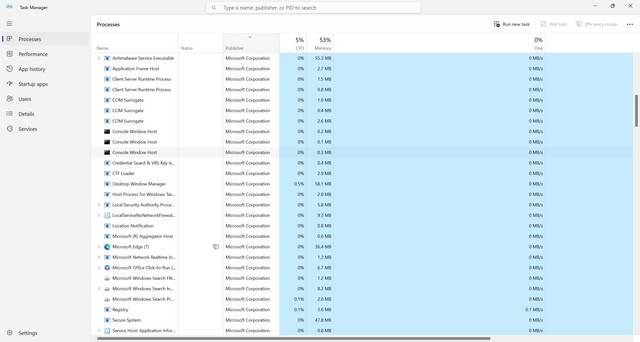Have you ever come across the process “Point32.exe” in your Windows Task Manager and wondered what it is and whether you should remove it? In this article, we will delve into the details of Point32.exe, its purpose, potential risks, and provide insights to help you make an informed decision. So, let’s get started!

What is Point32.exe?
Point32.exe is a legitimate executable file that is associated with Microsoft IntelliPoint software. IntelliPoint is a mouse driver software developed by Microsoft, which provides additional functionality and customization options for Microsoft mice.
When you install IntelliPoint software on your computer, Point32.exe is automatically installed as part of the package. It is responsible for running the necessary processes and services required for the proper functioning of the IntelliPoint software.
Is Point32.exe Safe?
Yes, Point32.exe is generally safe and not considered a threat to your computer. It is a legitimate file that is digitally signed by Microsoft, ensuring its authenticity. However, it is important to note that malware or viruses can sometimes disguise themselves as legitimate files to avoid detection.
If you suspect that Point32.exe is behaving suspiciously or causing any issues on your system, it is recommended to scan your computer for viruses or malware. You can use a reliable antivirus or anti-malware software like Malwarebytes Free to perform a thorough scan and remove any potential threats.
Should I Remove Point32.exe?
In most cases, there is no need to remove Point32.exe from your system. It is a legitimate file associated with Microsoft IntelliPoint software, and removing it may cause issues with the functionality of your Microsoft mouse.
However, if you are experiencing any problems related to Point32.exe, such as high CPU usage, system slowdowns, or error messages, it is worth investigating further. Here are some steps you can take:
- Update IntelliPoint Software: Make sure you have the latest version of IntelliPoint software installed on your computer. Microsoft regularly releases updates to address any bugs or compatibility issues.
- Scan for Viruses and Malware: Perform a thorough scan of your system using reliable antivirus or anti-malware software like Malwarebytes Free. This will help identify and remove any potential threats.
- Check for Conflicting Software: Sometimes, other software or drivers installed on your system can conflict with IntelliPoint. Try disabling or uninstalling any recently installed software to see if it resolves the issue.
- Contact Microsoft Support: If the problem persists, it is recommended to reach out to Microsoft support for further assistance. They can provide specific troubleshooting steps or guidance based on your system configuration.
Remember, before making any changes to your system, it is always a good practice to create a backup of your important files and data.
Conclusion
Point32.exe is a legitimate executable file associated with Microsoft IntelliPoint software. It is generally safe and not considered a threat to your computer. However, if you are experiencing any issues related to Point32.exe, it is recommended to update the IntelliPoint software, scan for viruses and malware, check for conflicting software, and contact Microsoft support if necessary.
By following these steps, you can ensure the smooth functioning of your Microsoft mouse and maintain the security of your system. Remember to stay vigilant and regularly update your software to protect against potential threats.










